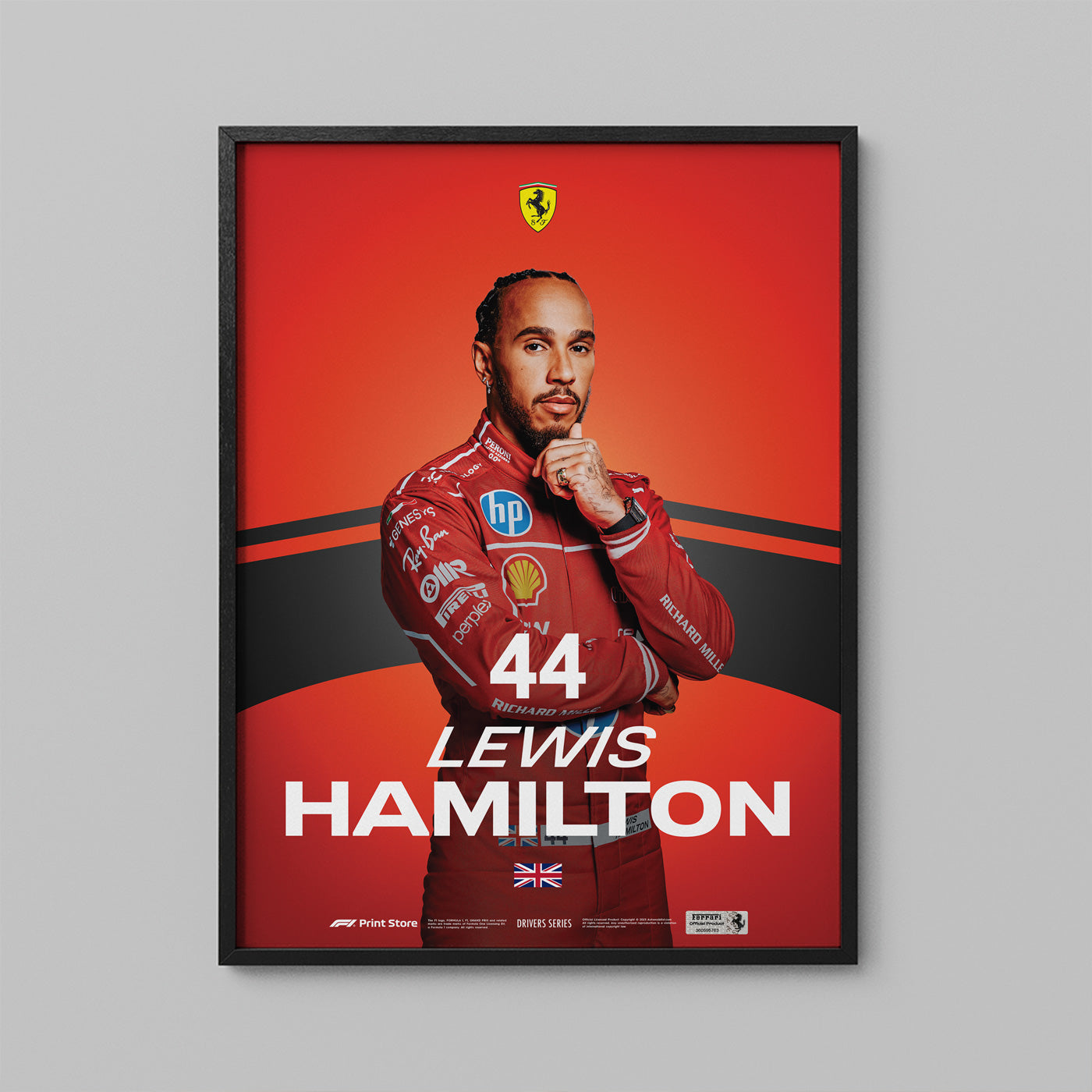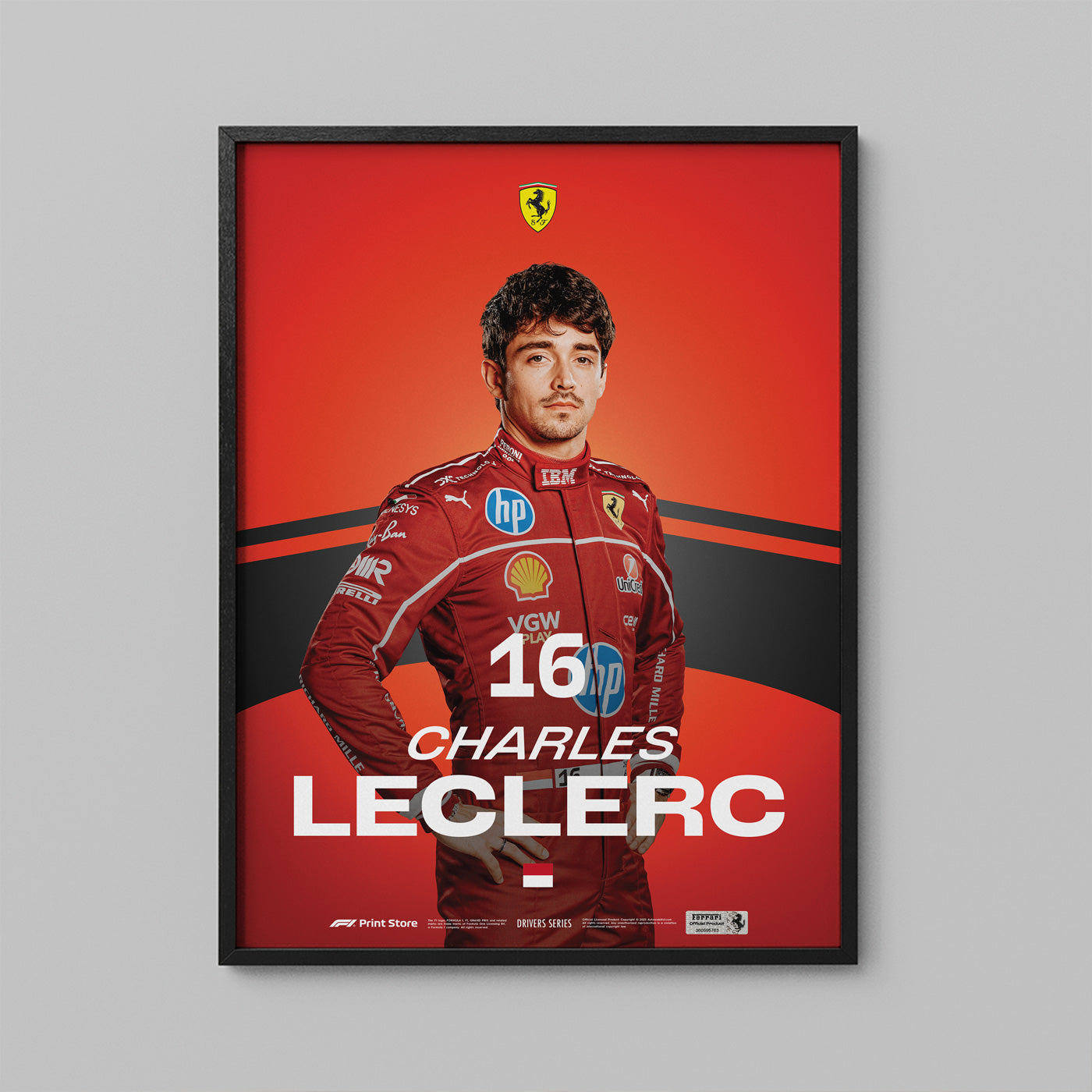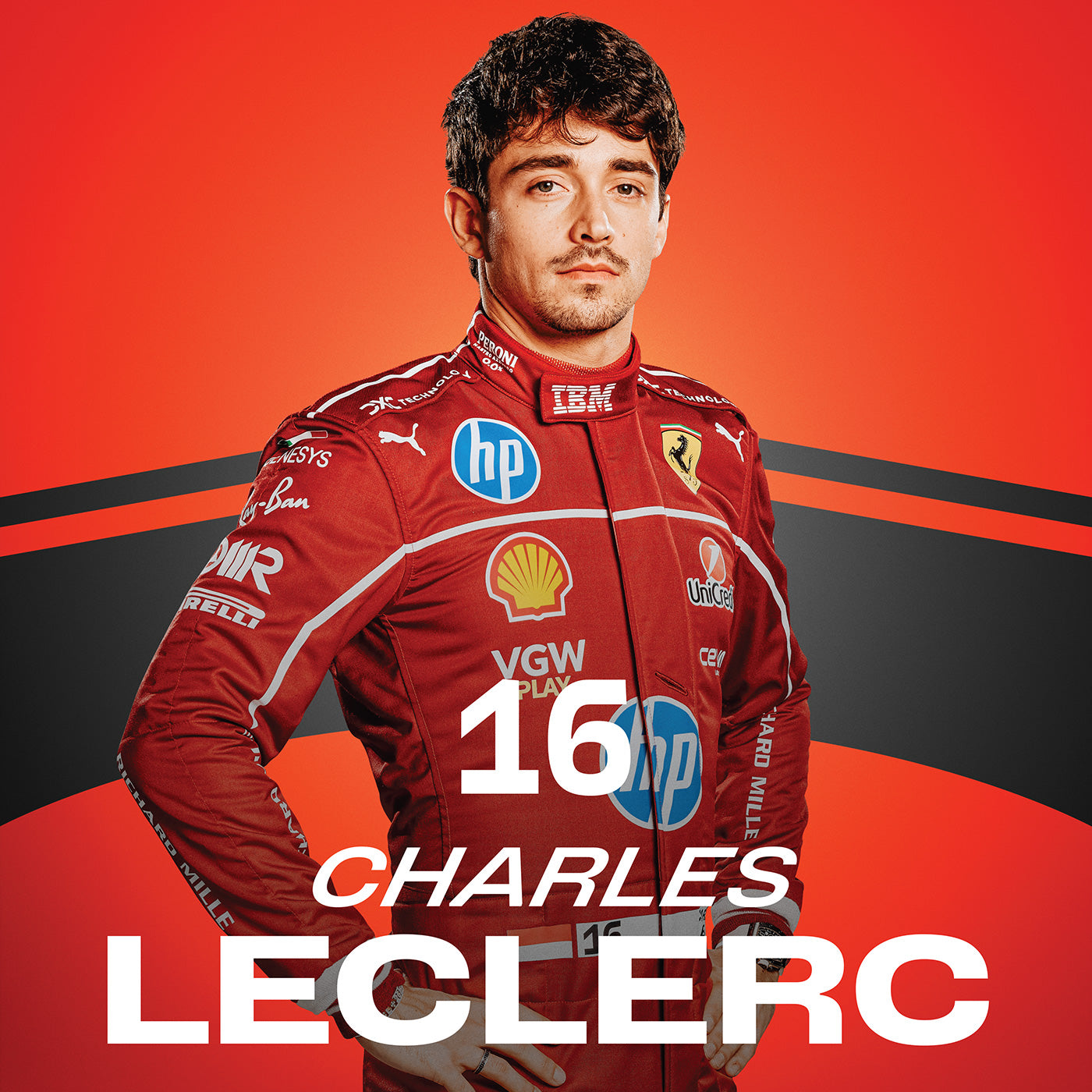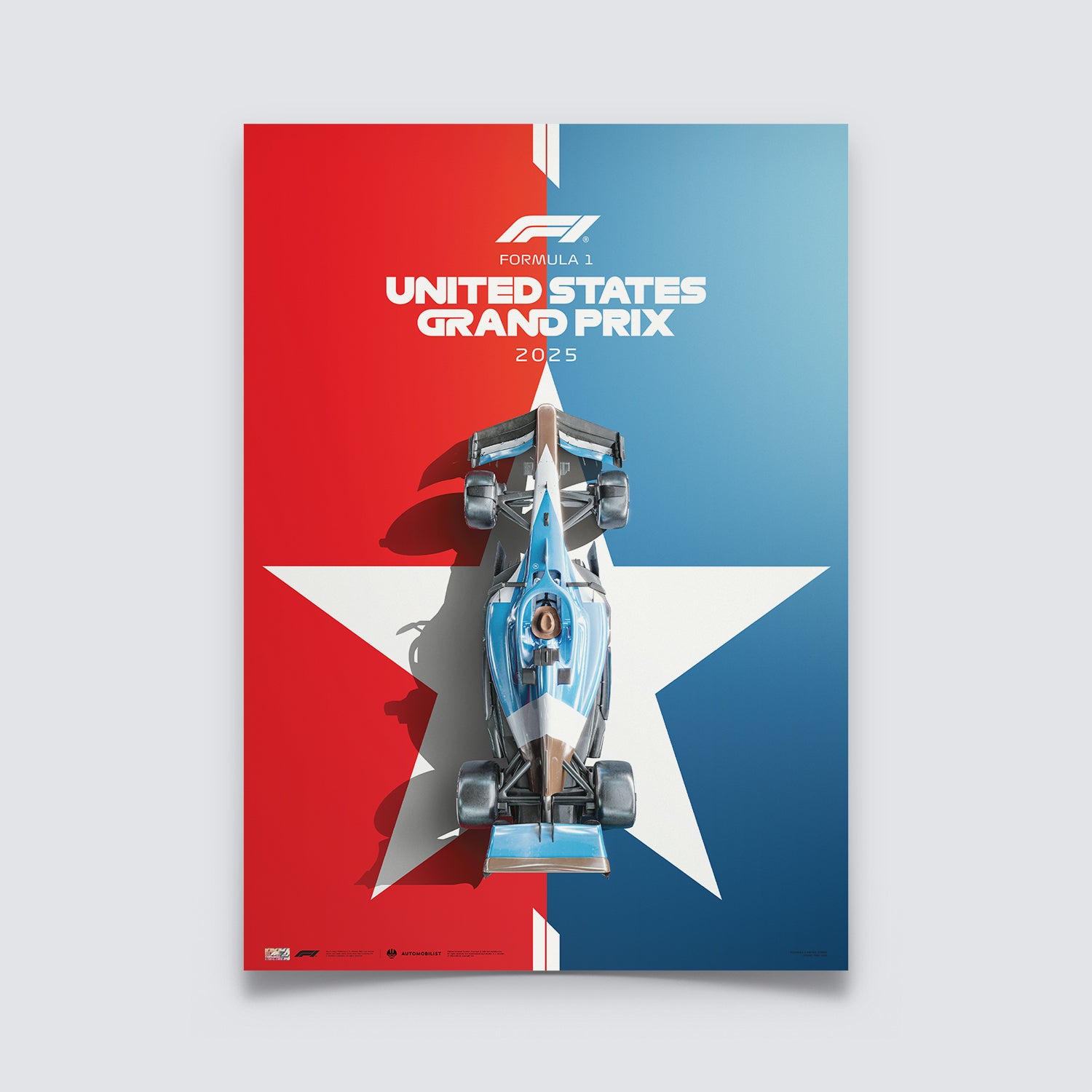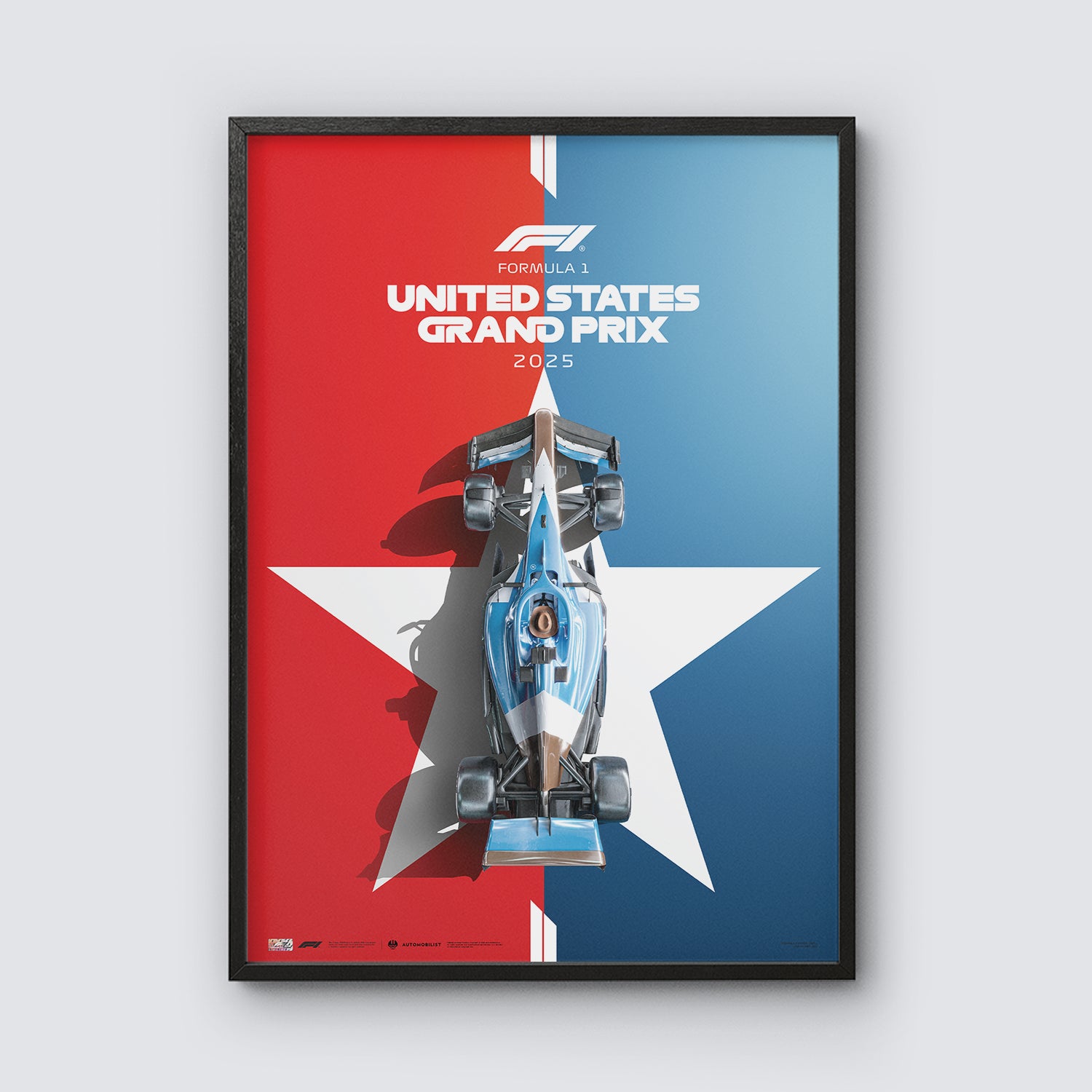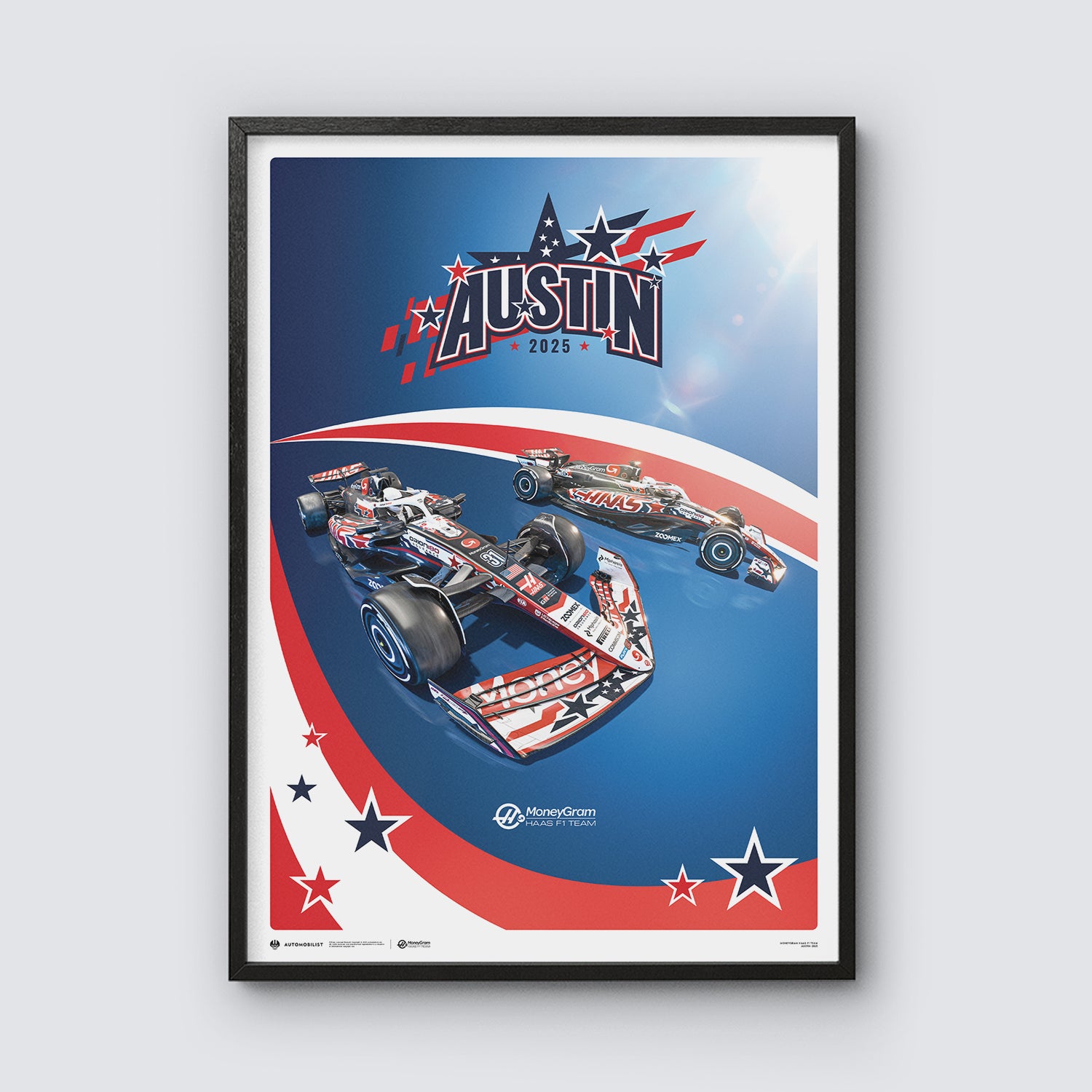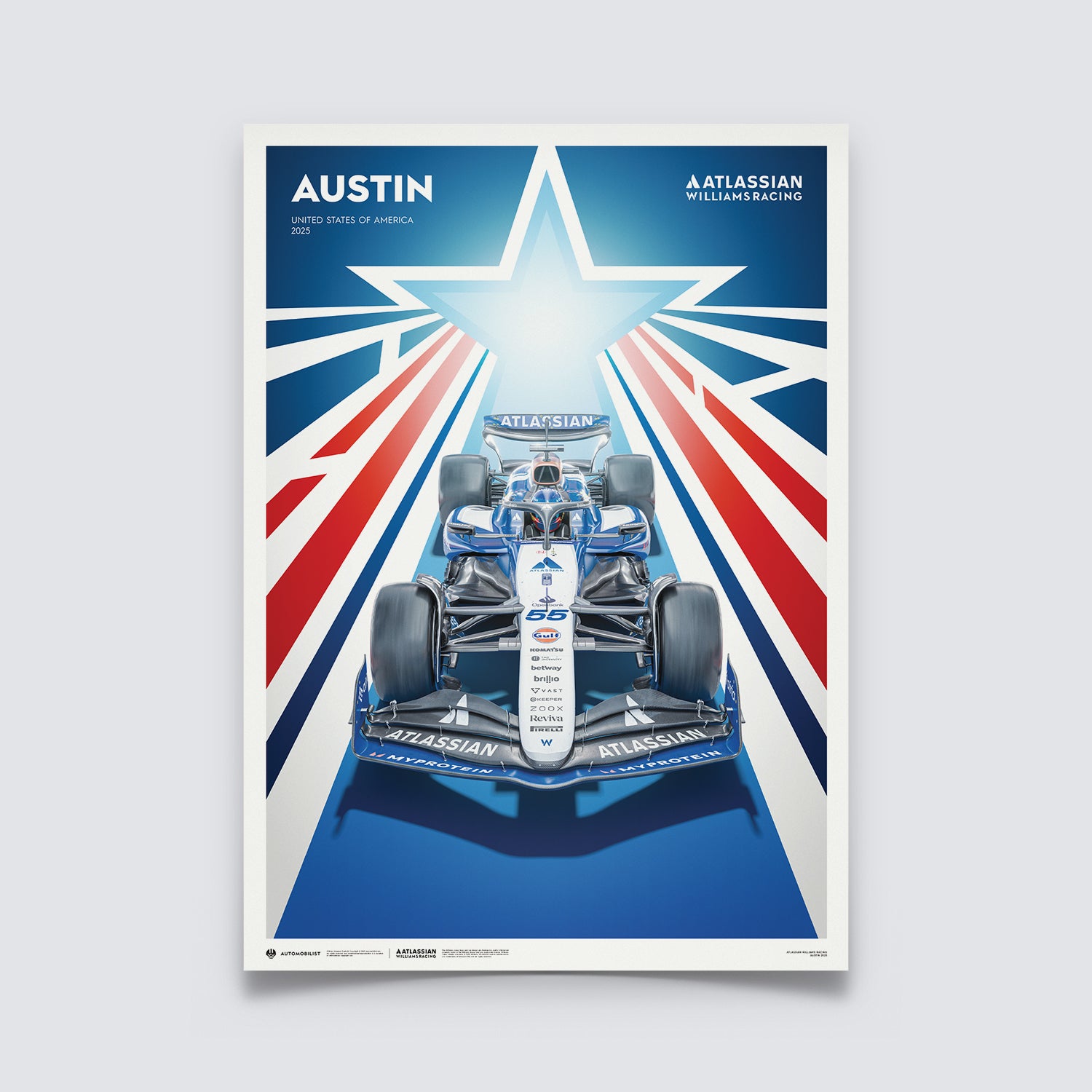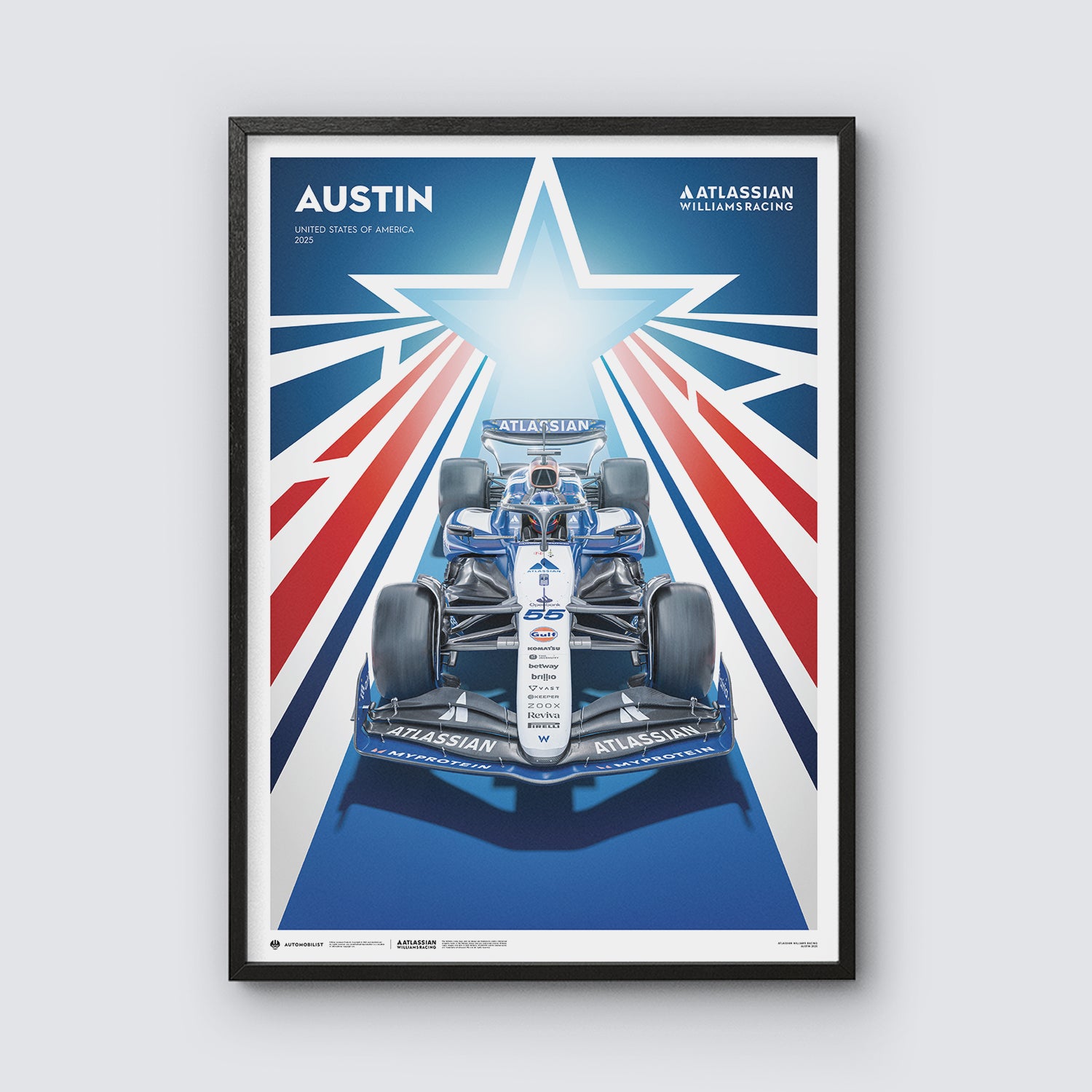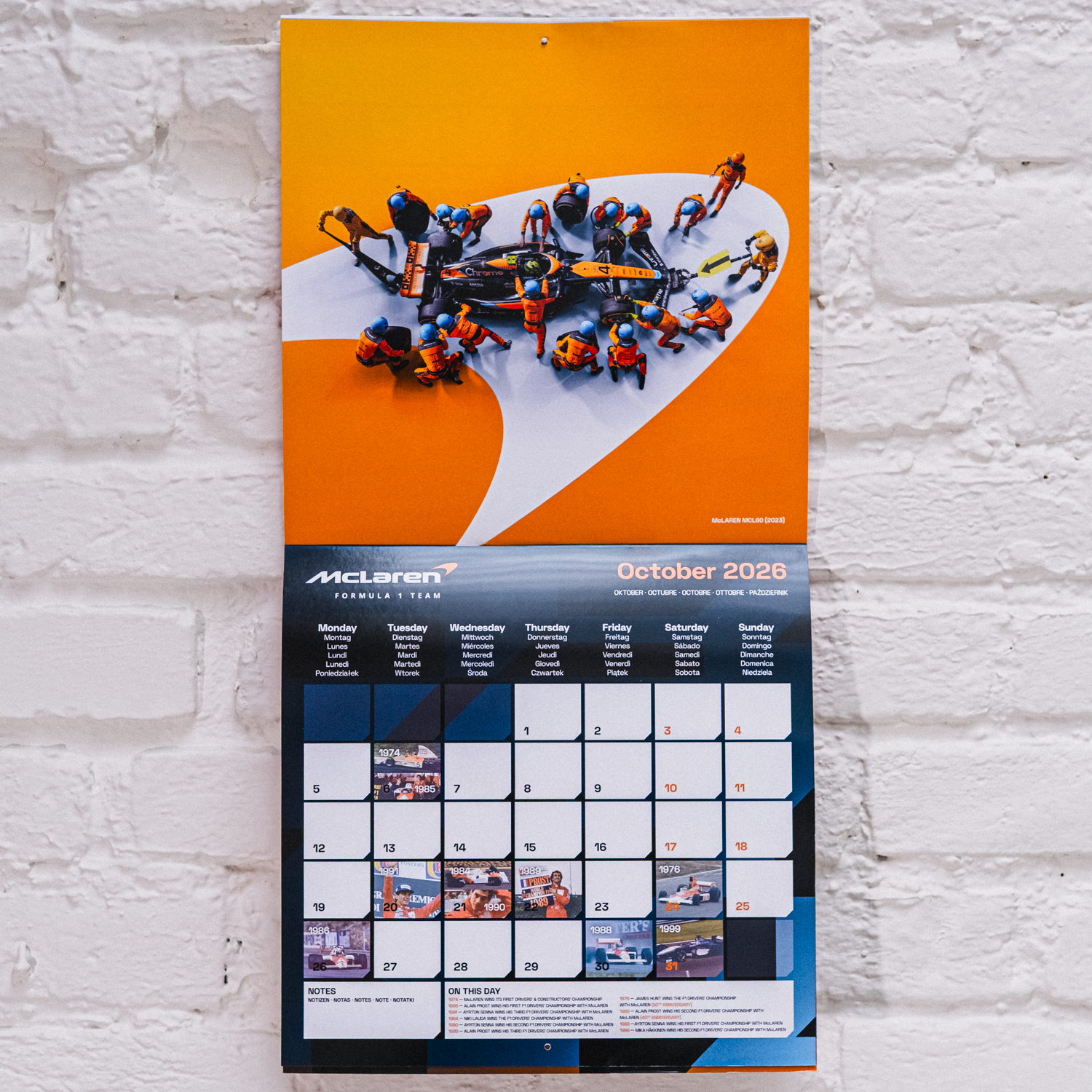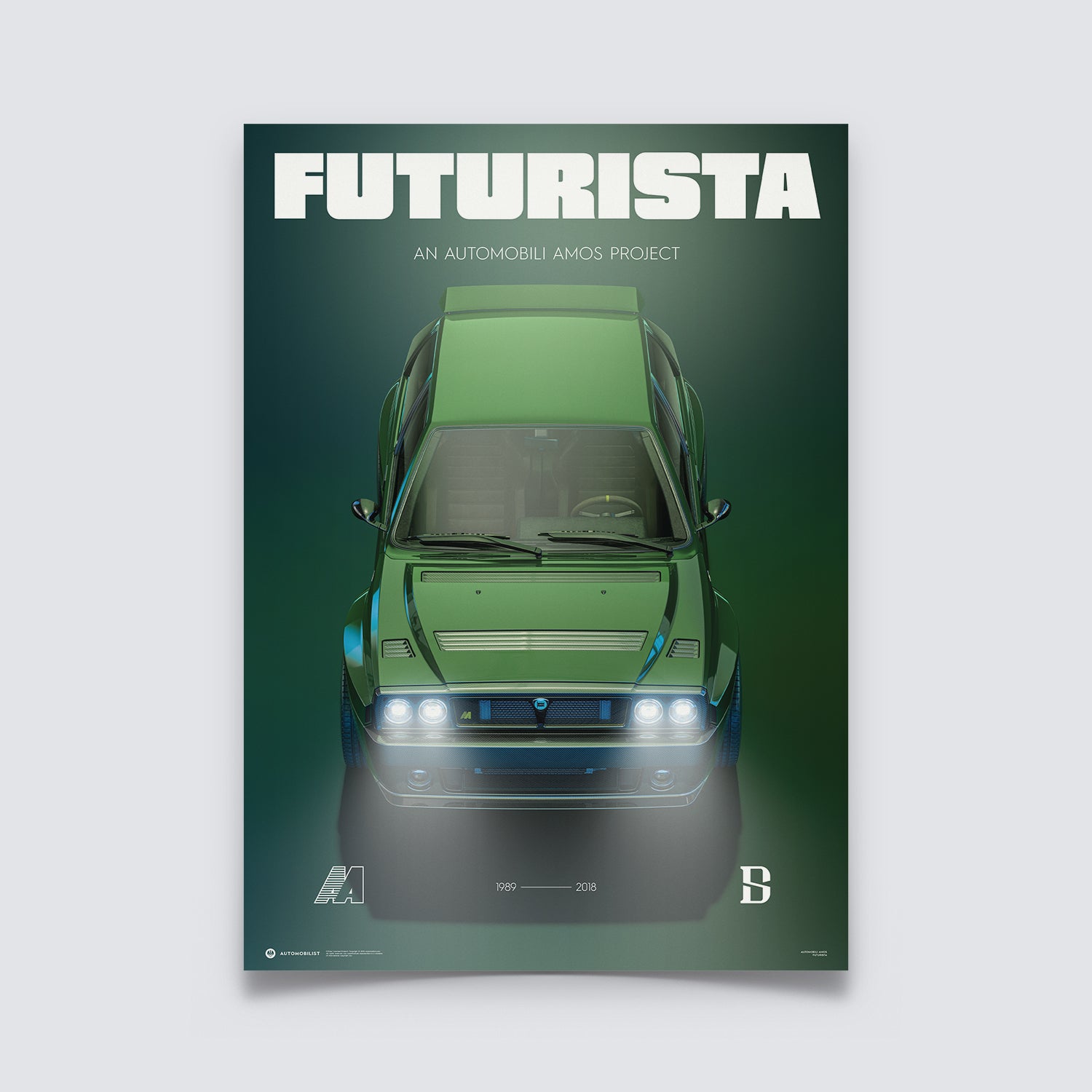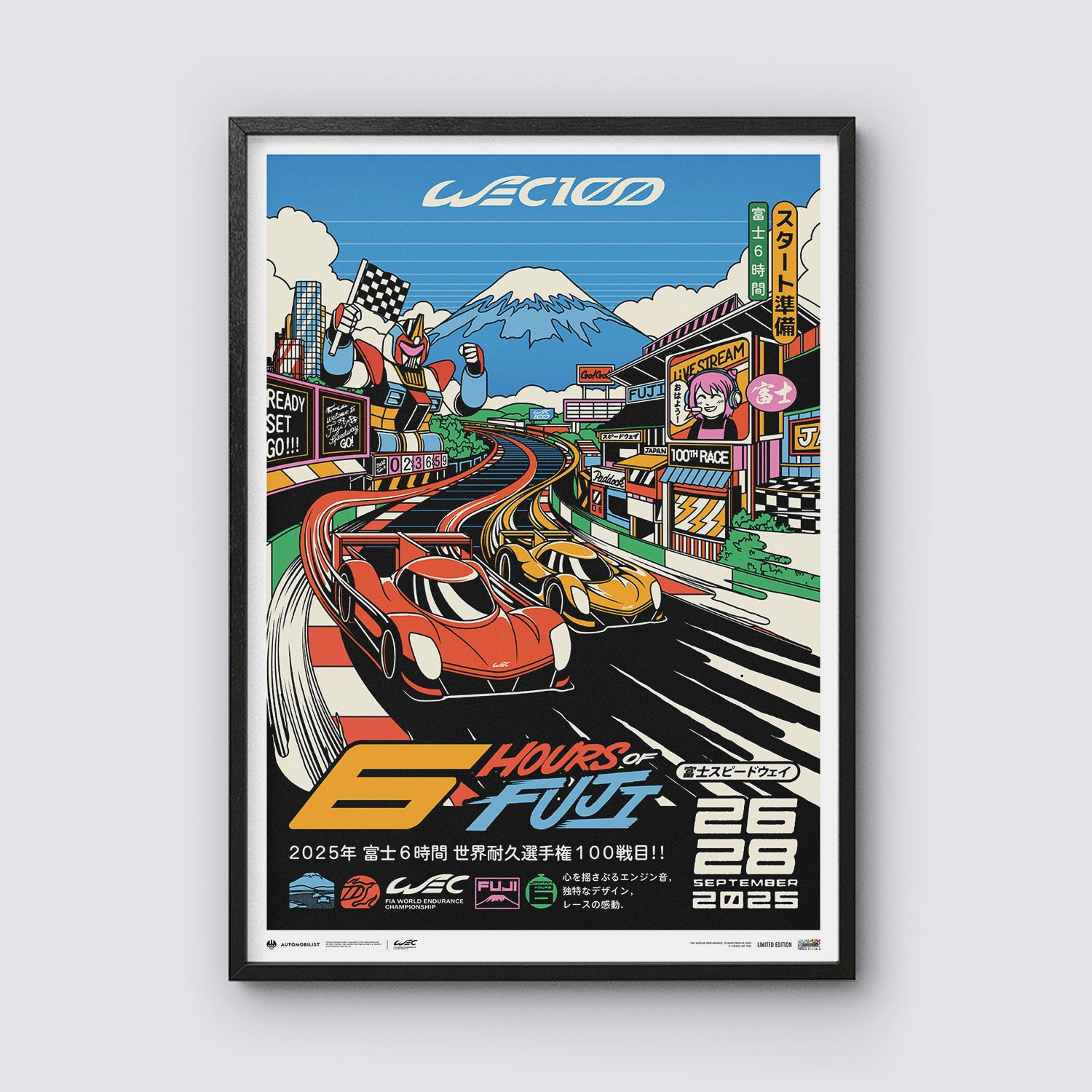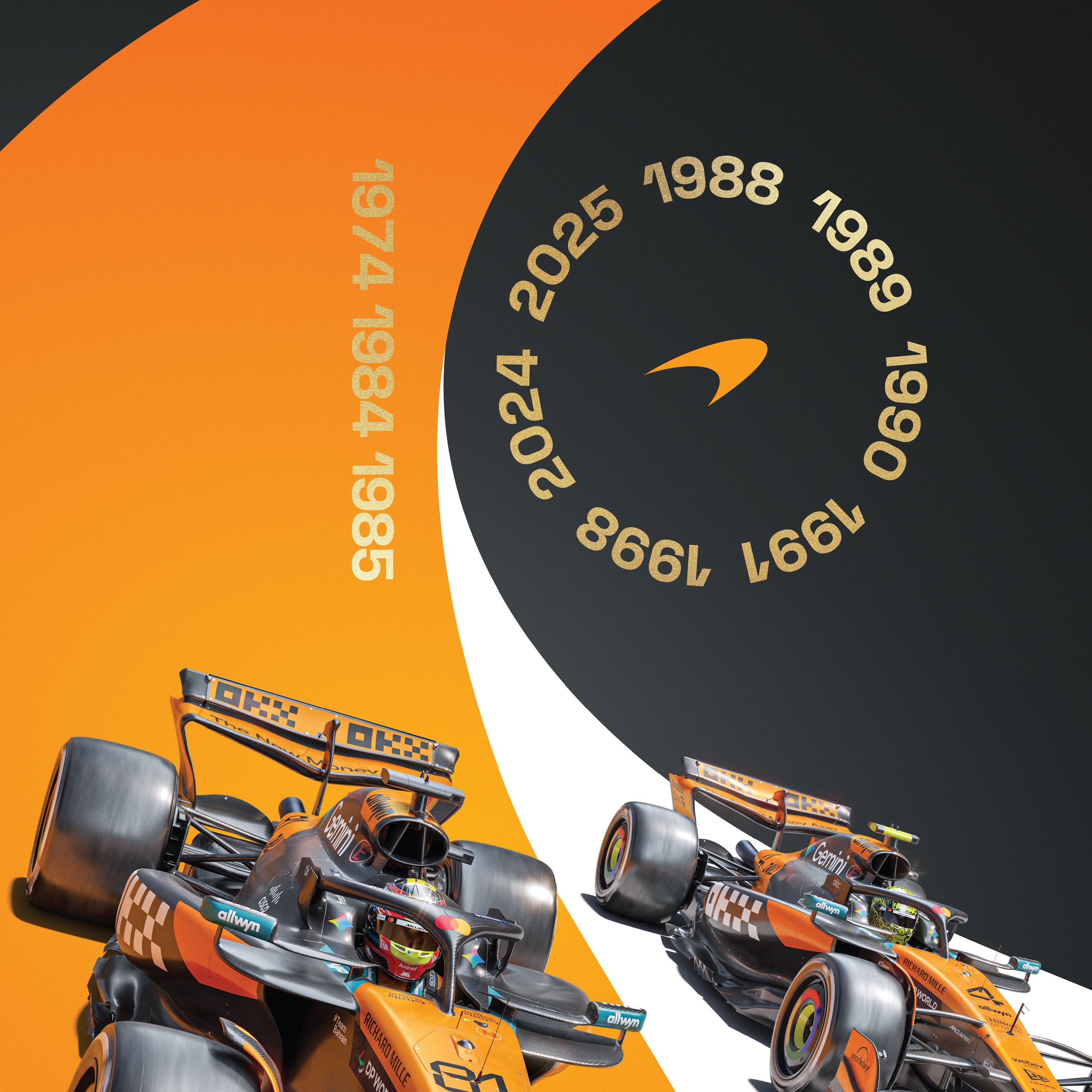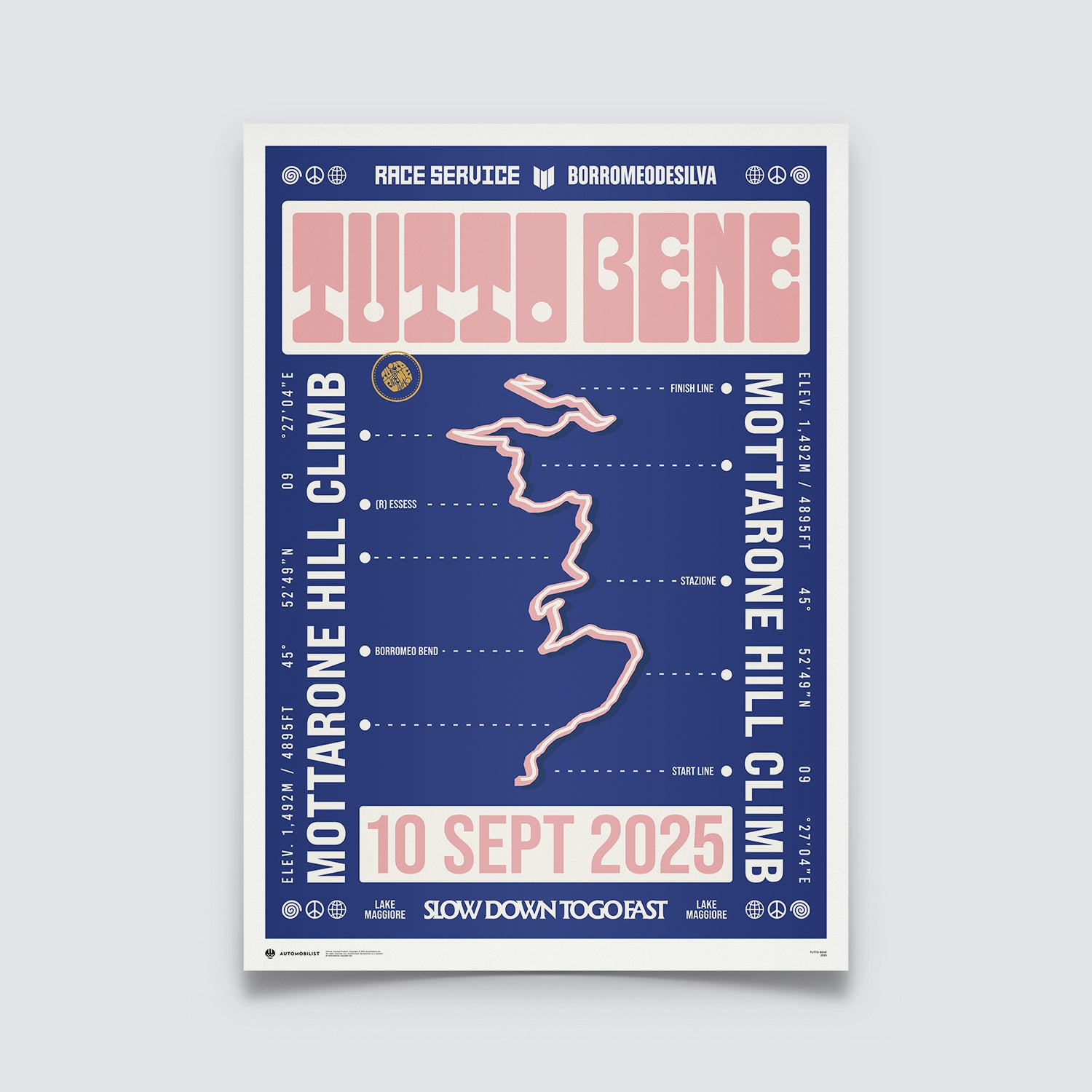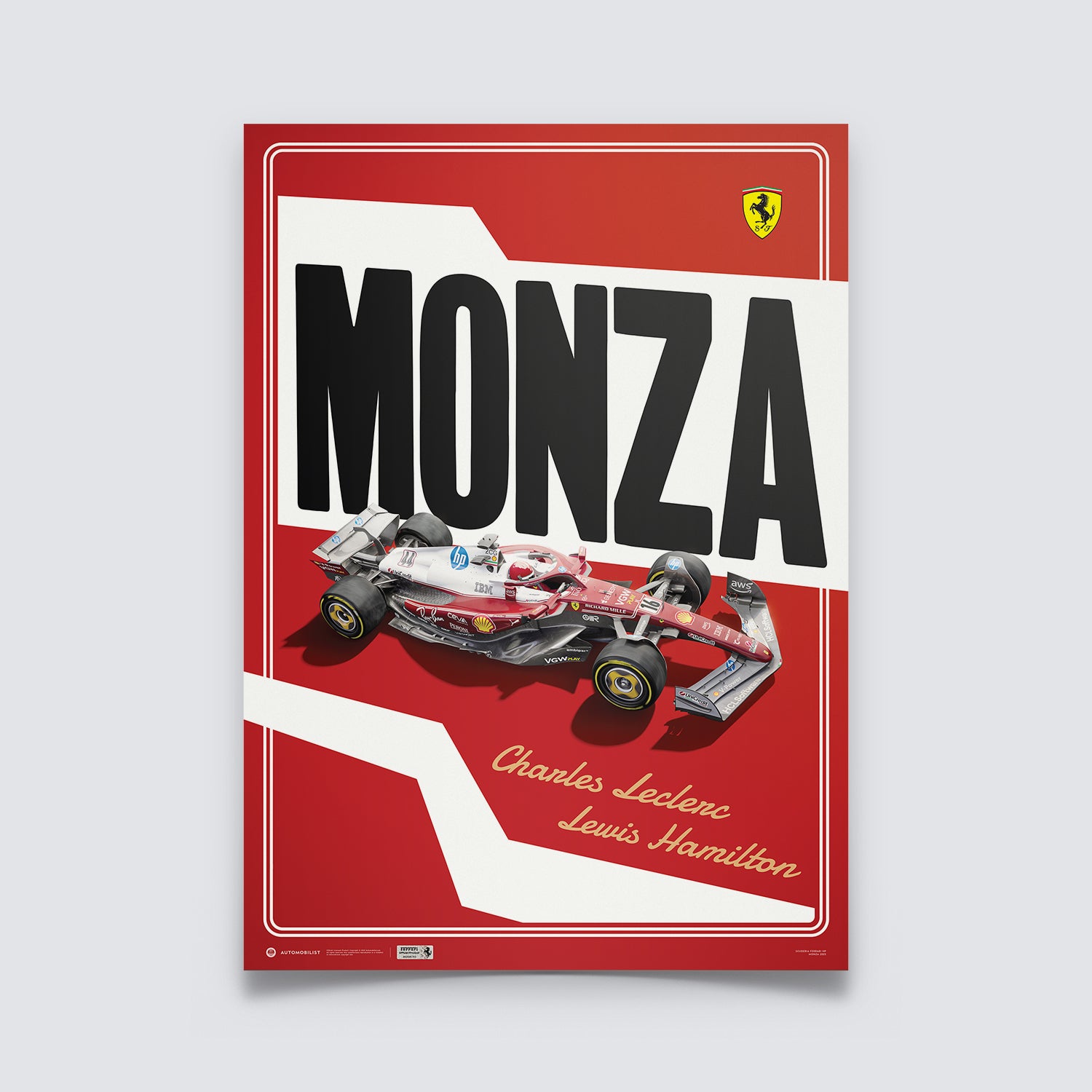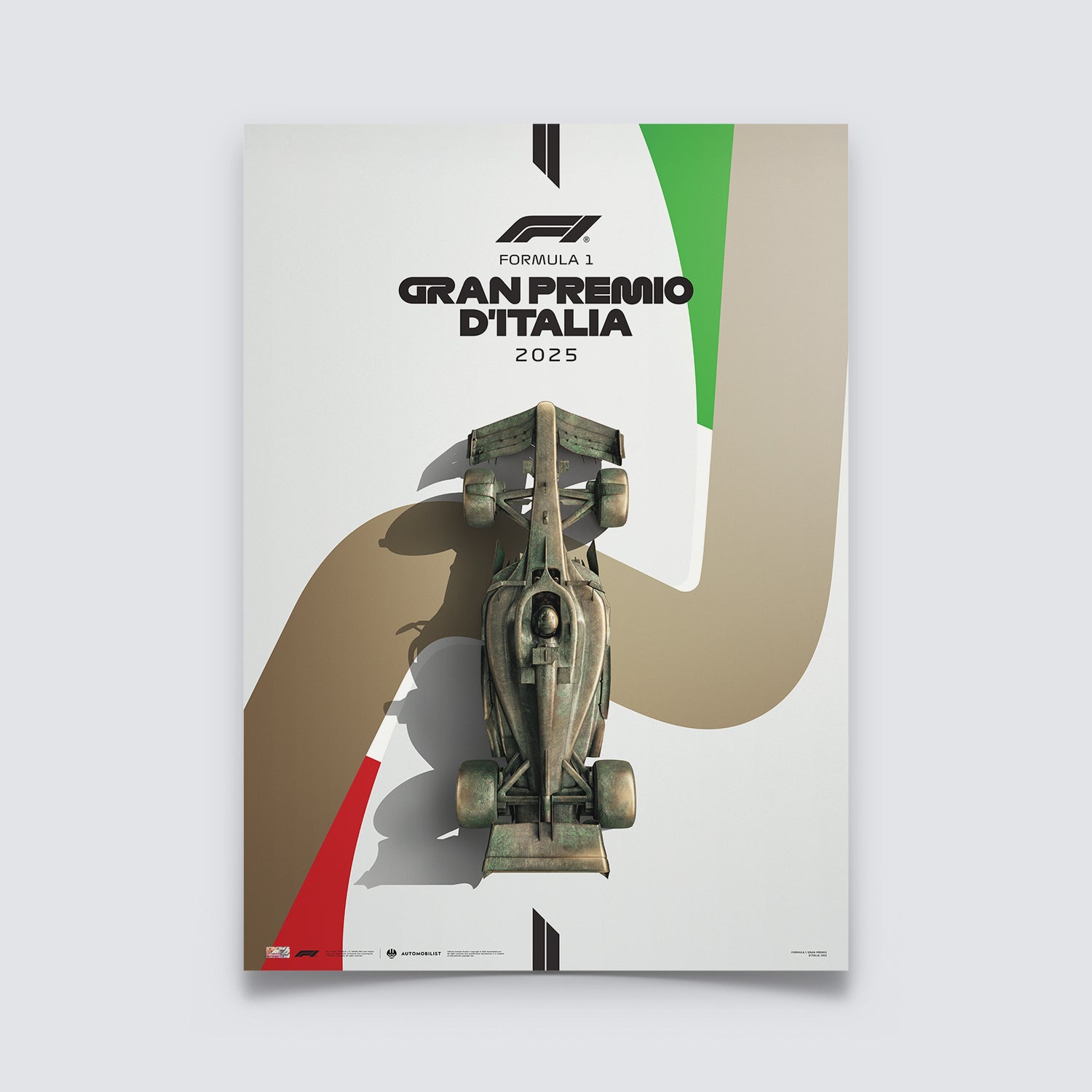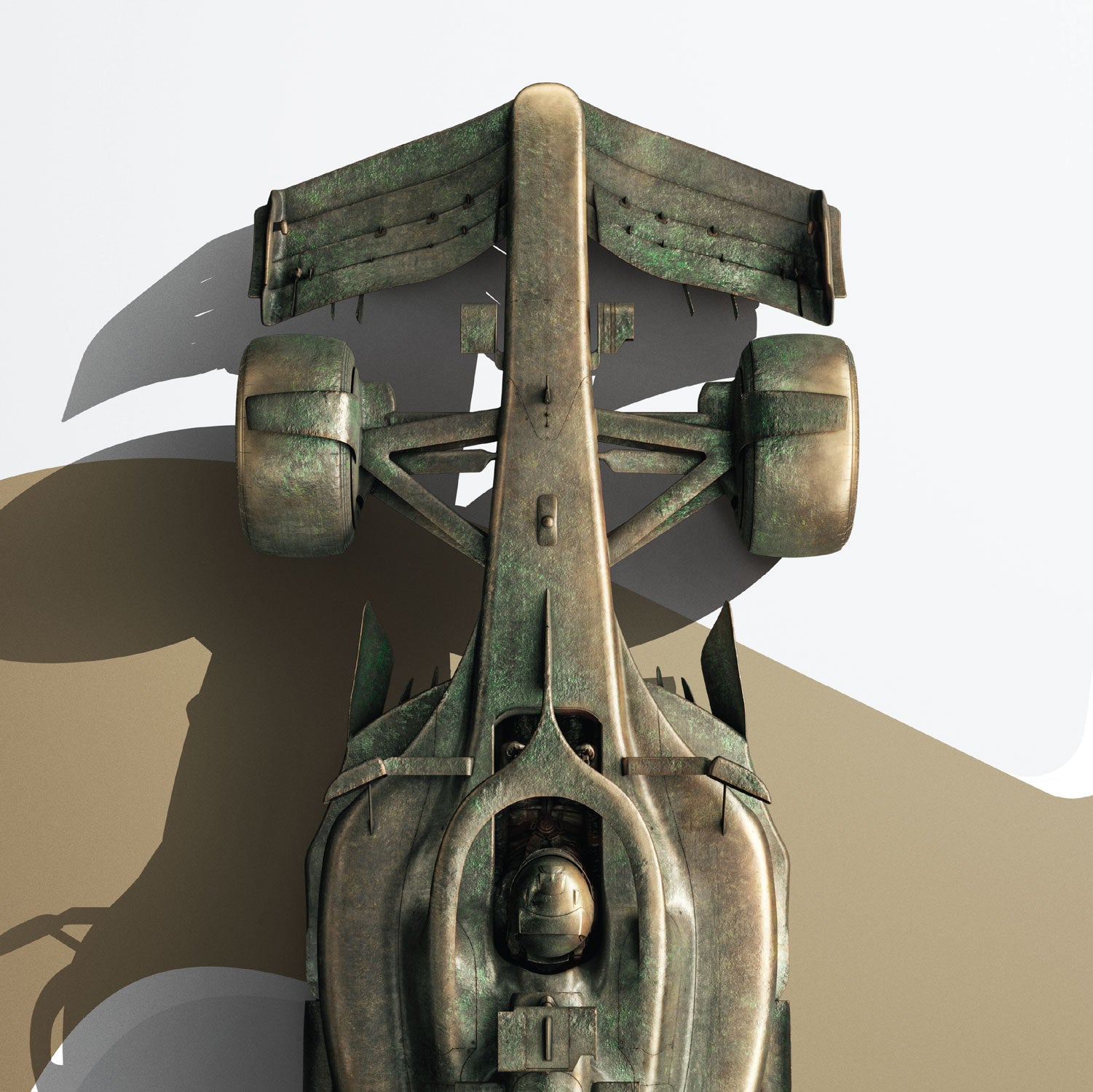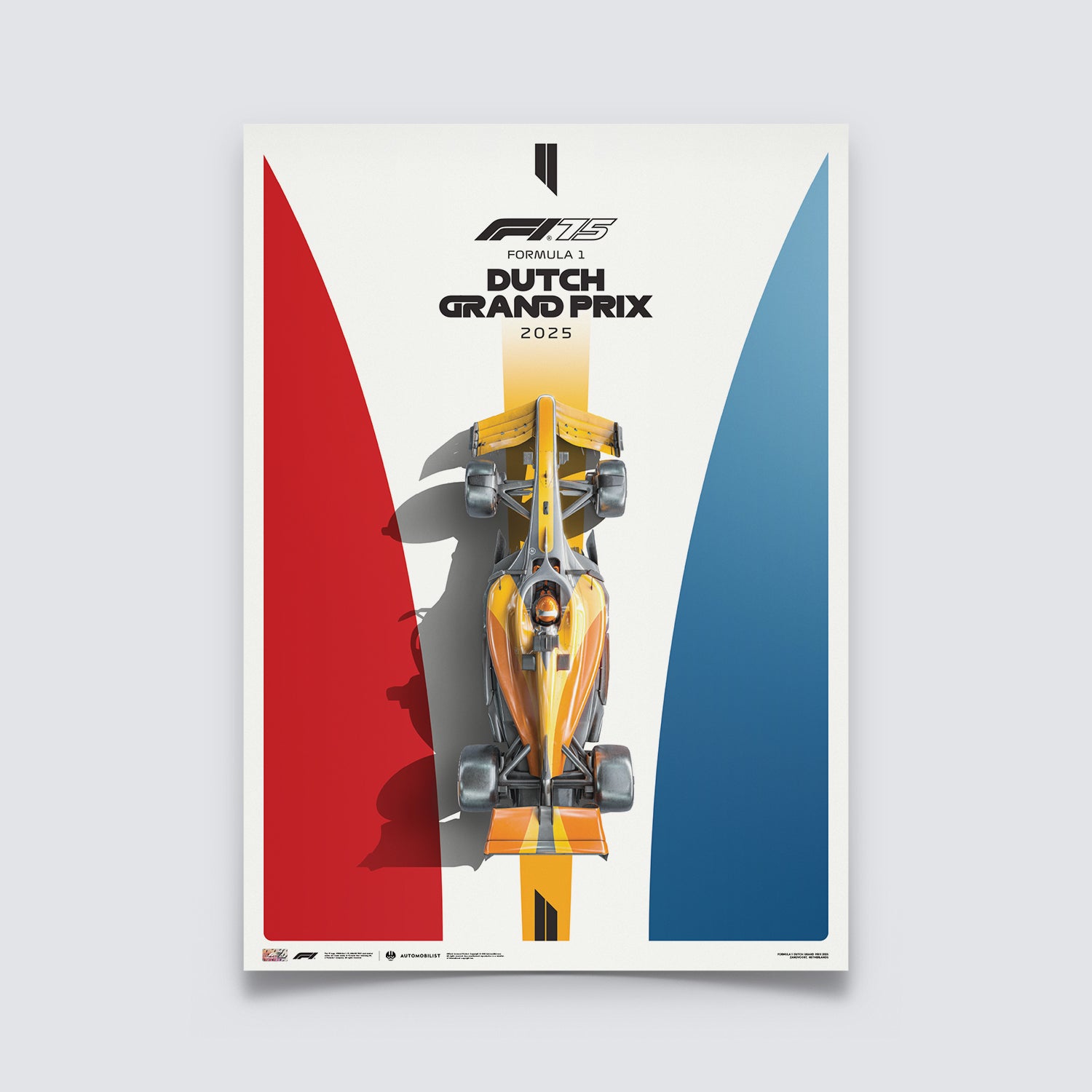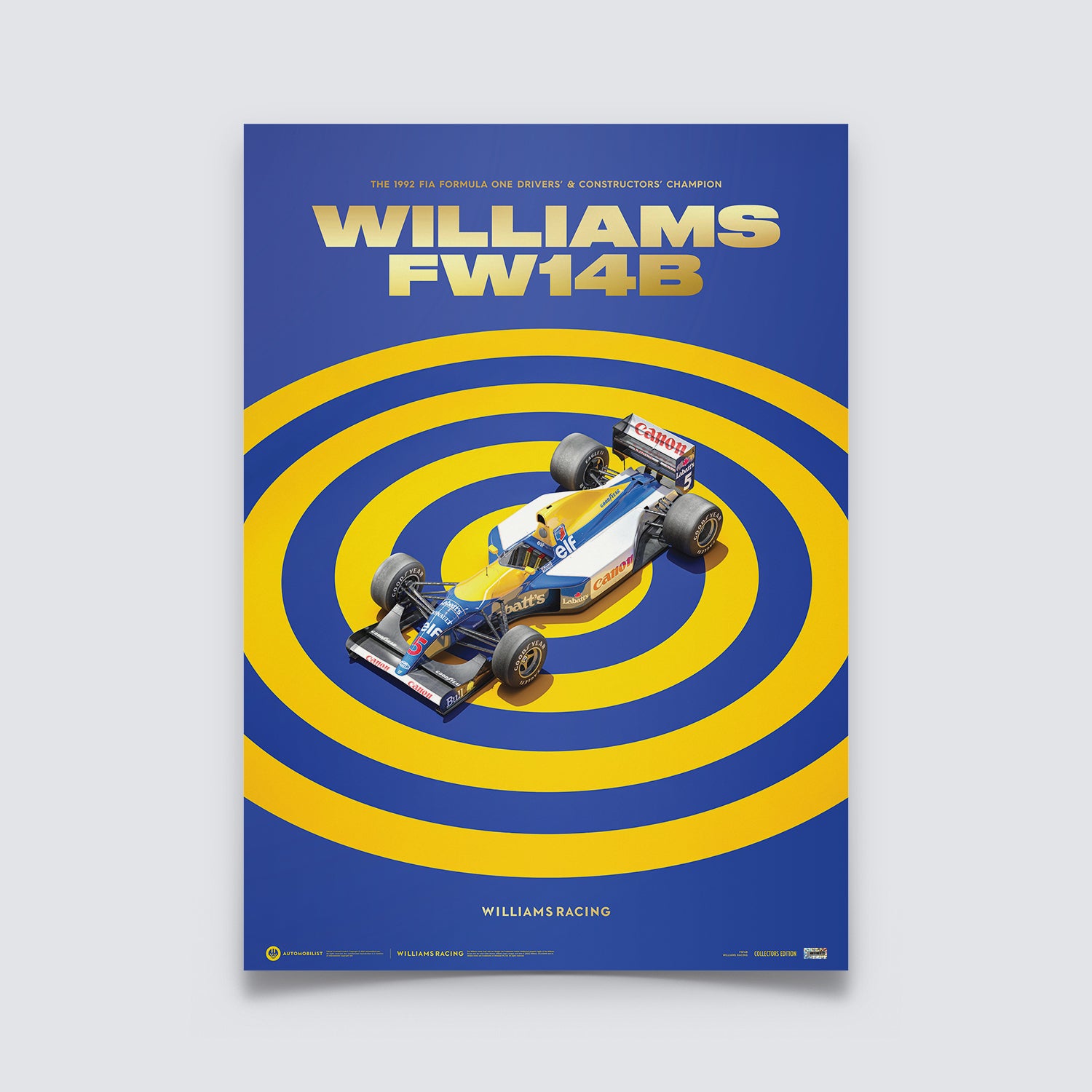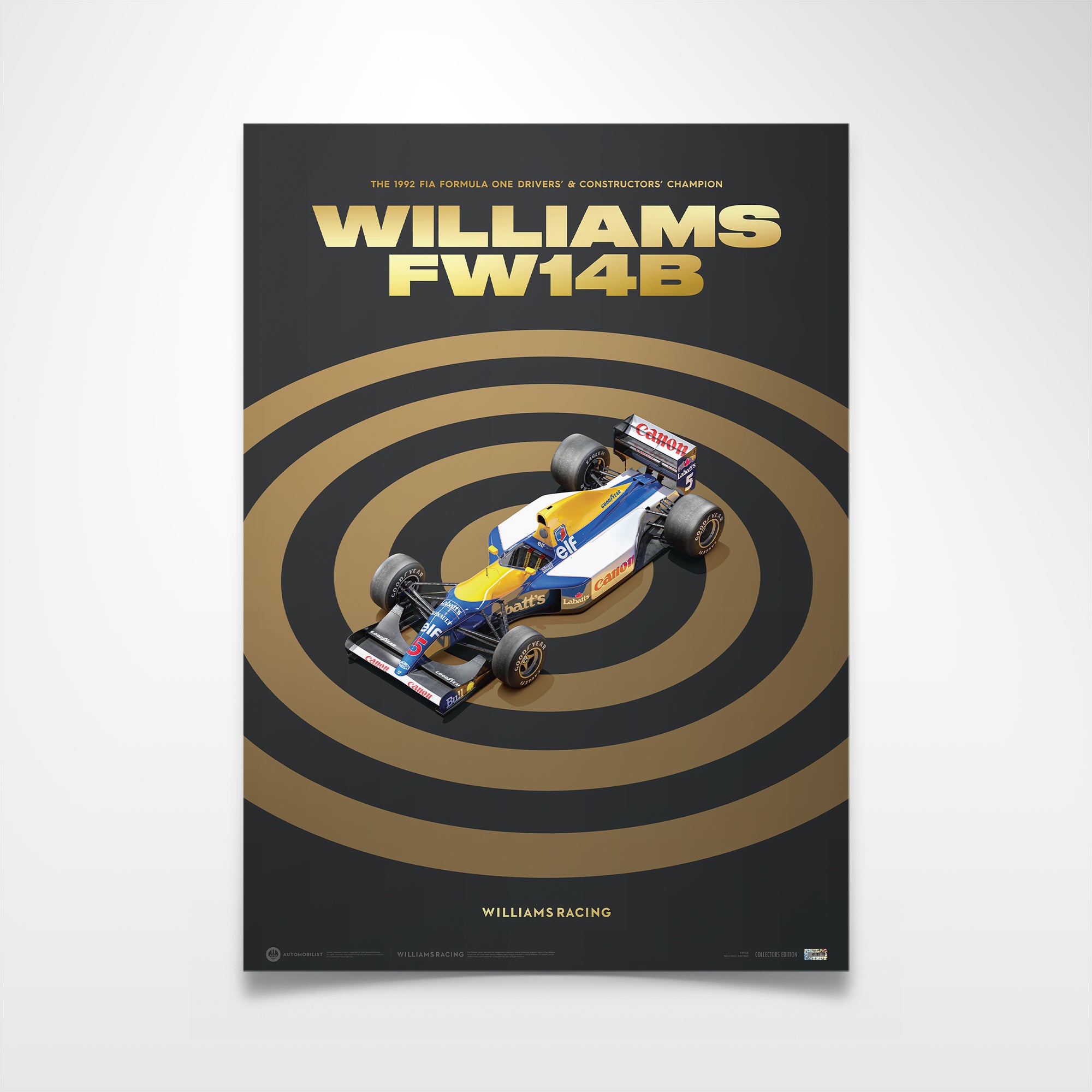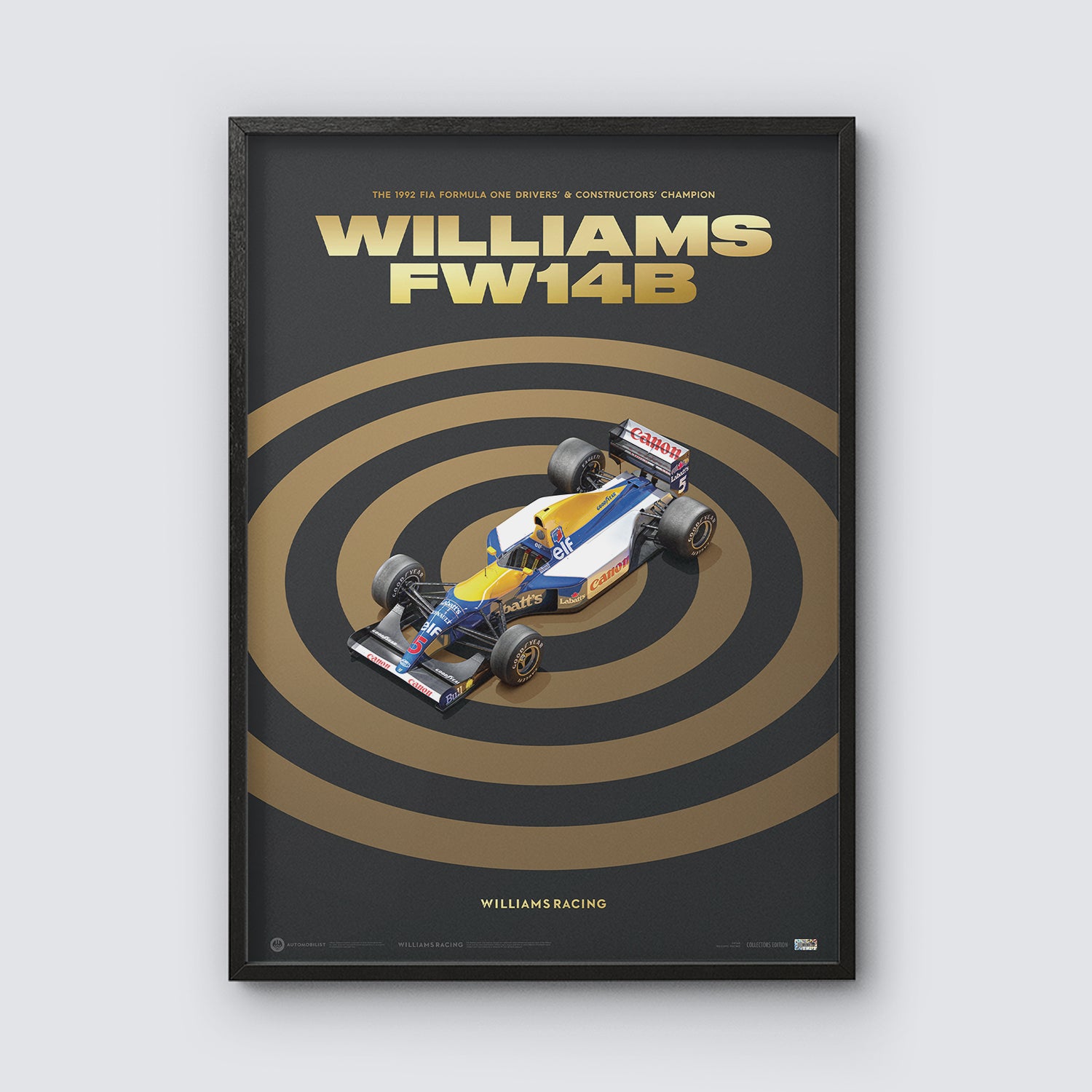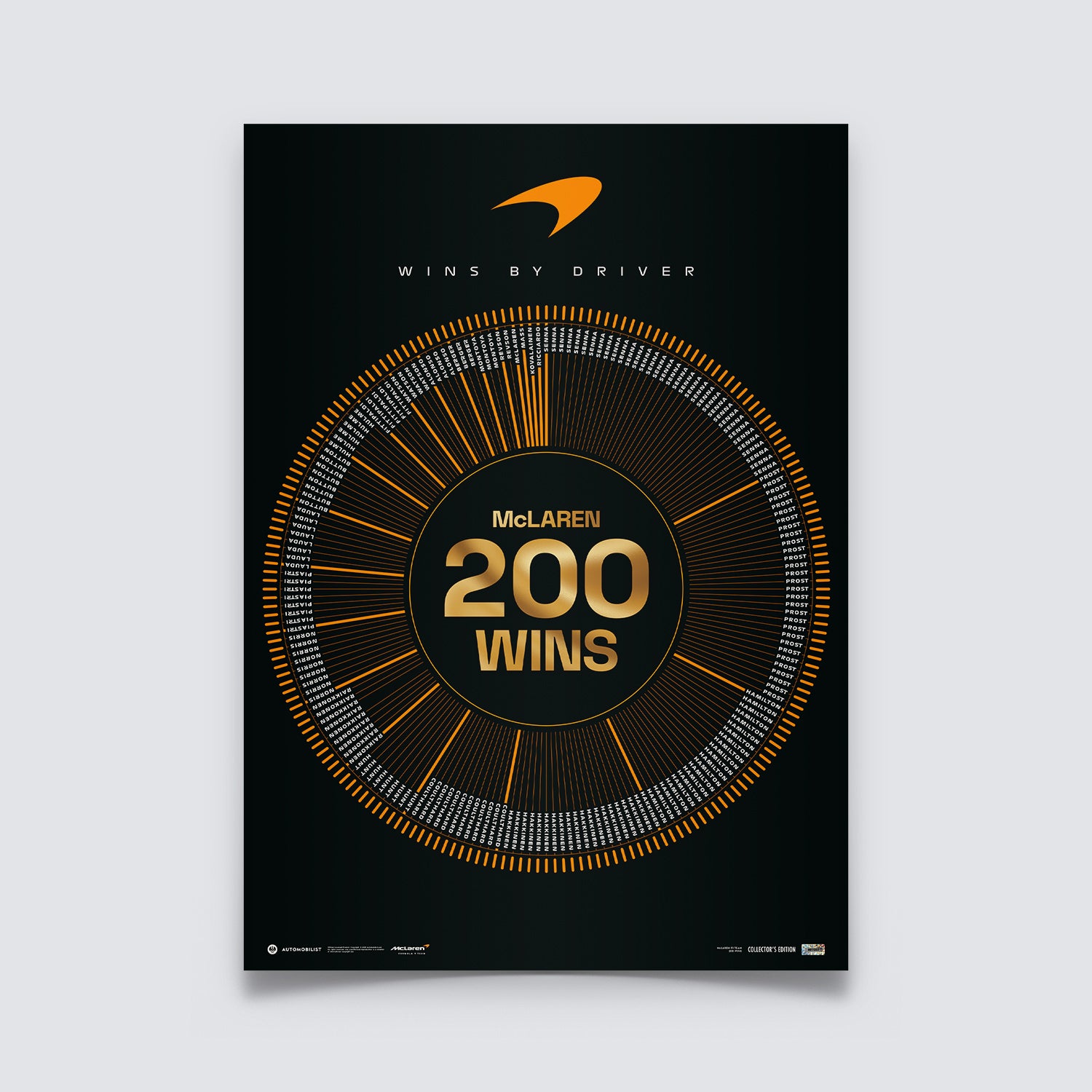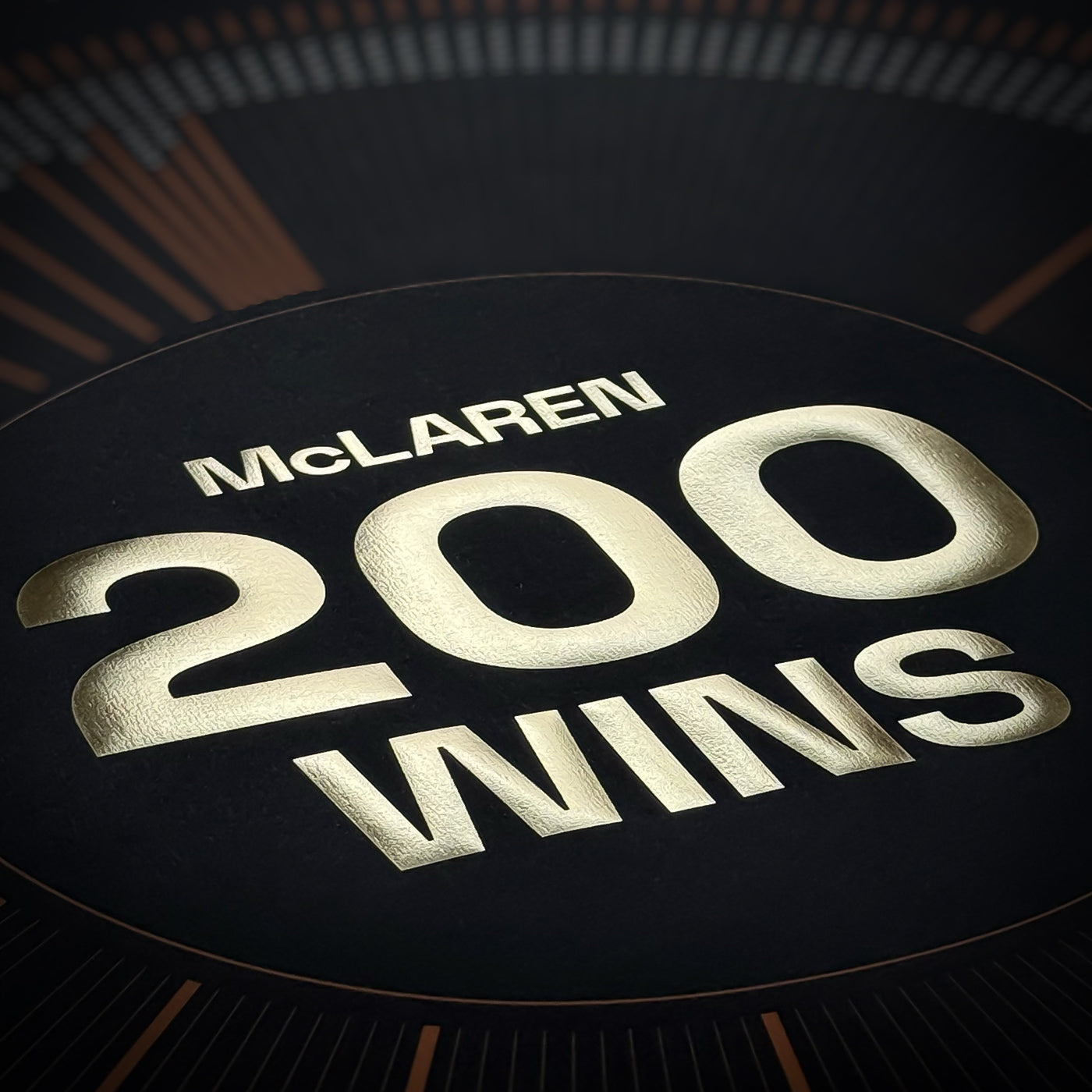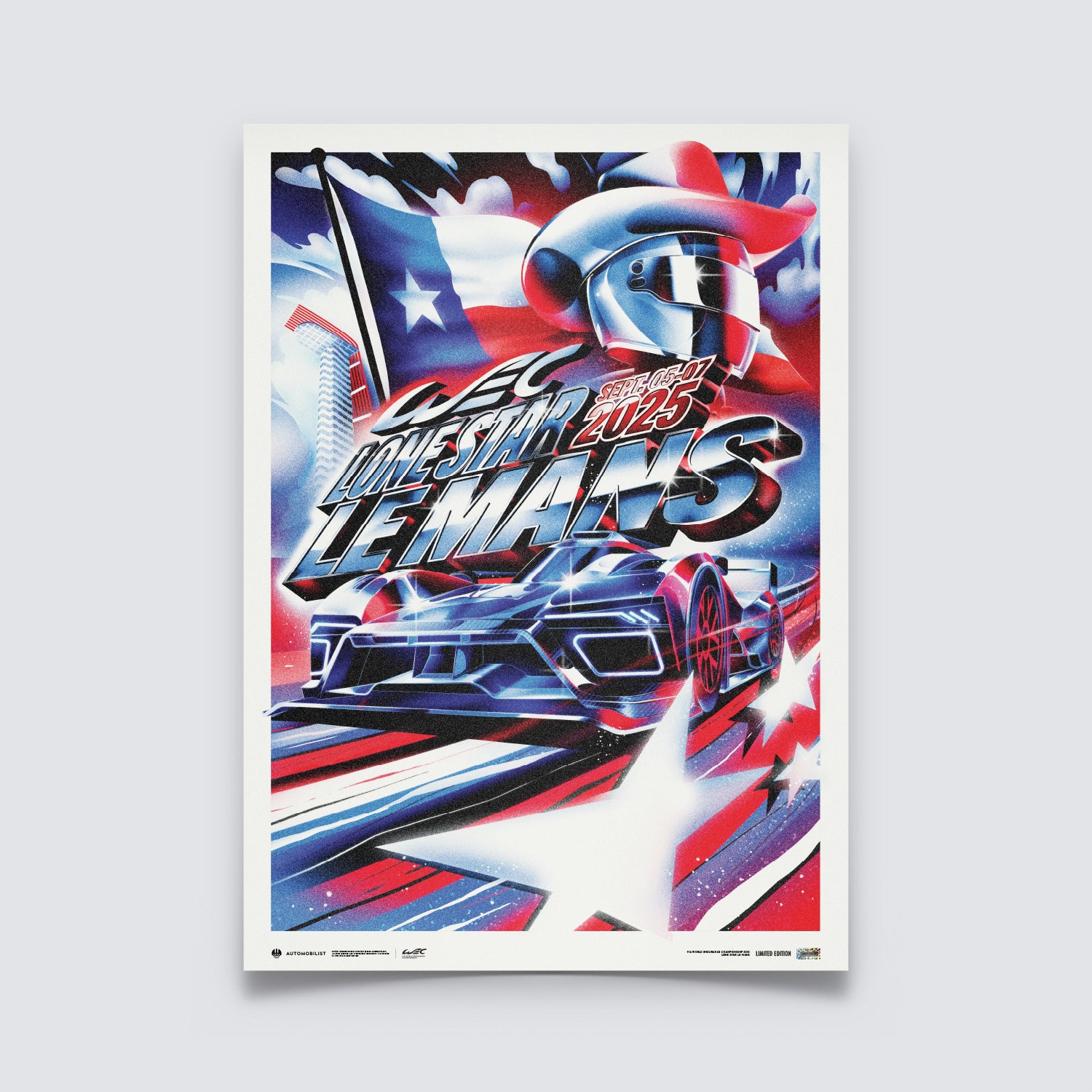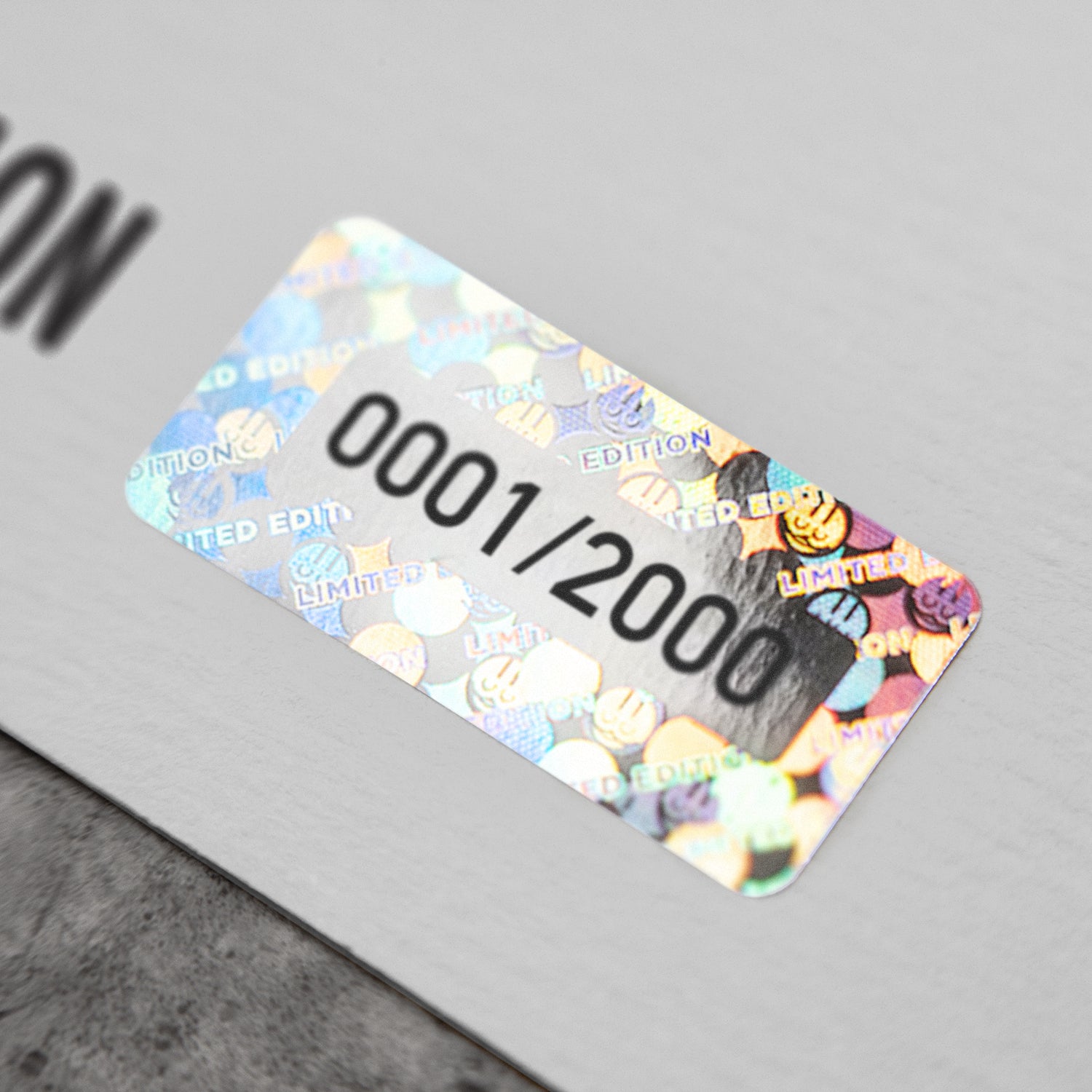Was there ever a braver driver than Nigel Mansell? Dubbed Il Leone by Ferrari’s adoring ‘Tifosi’ after a number of lion-hearted performances which included winning his first race for the Scuderia, the Birmingham-raised briton was also the last driver to be personally selected by Enzo Ferrari before his death in 1988.
That alone set Mansell apart from the rest, but Nigel never was run-of-the mill: Born into a medium-class family, he raced cars against his engineer father’s wishes. To fund his single seater forays he sold off his possessions and threw in his job, only to break his neck during a Formula Ford qualifying session. Instructed to rest for six months, Mansell discharged himself and returned to racing despite a risk of quadriplegia.
This bravery paid off: He won the British Formula Ford title, then moved up to Formula 3 where he proved both a winner and crasher – breaking three vertebrae in one incident. His hard driving style had, though, caught the eye of Lotus boss Colin Chapman, who offered a trial for a seat alongside 1978 champion Mario Andretti. Undeterred by the back injury, Mansell gulped down a handful of pain tablets and went testing.
Although overlooked for a race seat, he acquitted himself well enough to be signed to a full-time test role, in turn earning a trio of Grand Prix starts in 1980. Once again, bravery came to the fore: During Mansell’s debut in the 1980 Austrian Grand Prix his car sprung a fuel leak, filling the cockpit with petrol of the highest octane. Undeterred by first degree burns to his buttocks he raced on until his car retired with engine issues.
Lotus signed him full-time for 1981, with his first two years with the team happy and (semi)-productive: 14th in the overall classification in both seasons plus a maiden podium with a car that was mediocre at best. However, in December 1982 Chapman died and Mansell’s career lost momentum when he failed to gel with Peter Warr, who took over the helm.
 Nigel Mansell in his Lotus-Renault 94T at the Grand Prix Europe 1983. Image courtesy HOCH ZWEI
Nigel Mansell in his Lotus-Renault 94T at the Grand Prix Europe 1983. Image courtesy HOCH ZWEI
After another four podiums Mansell moved on at the end of 1984, to Williams. Although initially viewed as a ‘journeyman’ driver by Frank Williams, Mansell impressed with some gritty performances that initially took the team (and his team-mate, 1982 champion Keke Rosberg) by surprise. By October he was a double Grand Prix winner.
1986 opened to the sad news that Frank Williams had broken his back in a car accident, but Mansell boosted team morale through superb performances that not only set up his first Championship challenge but marked him out as a superstar.
En route to the finale in Adelaide, where he lost the title (by two points) during the closing laps after a tyre burst while comfortably leading, Mansell won five Grands Prix - the most by a driver that year - and relegated team-mate Nelson Piquet, a double champion, to third. Mansell was on a roll, revelling in Honda turbo power and a team that left him to be himself between races. 1987 would be his year, he predicted.
Despite six wins to Piquet’s three it was not to be. Once again fate intervened: During qualifying for the penultimate round in Japan he crashed heavily and was forced to withdraw with back injuries, ceding the title to Piquet. It was a bitter blow, but worse: Honda switched to McLaren from 1988 and the substitute privateer Judd power units were simply not up to scratch.
 Nigel Mansell (GBR) at the 1994 Formula 1 World Championship Image courtesy HOCH ZWEI.
Nigel Mansell (GBR) at the 1994 Formula 1 World Championship Image courtesy HOCH ZWEI.
Although underpowered and unreliable - he finished just two races in 14 that year - the FW12 featured innovative active suspension, which Mansell relished in developing and would later stand him in good stead. First, though, he wooed the 'tifosi' by driving the gorgeous but fragile F640 ‘paddle shift’ car to a debut victory for both, but the rest of the year was a disappointment: 6 finishes in 14 races, albeit all on the podium.
1990 proved little better: Six top-four finishes including a single victory were coupled with eight retirements in 14 races. It was time to move on or retire. Mansell prevaricated before settling on a return to Williams, which put the sci-fi Adrian Newey-designed, Renault-powered FW14 equipped with active suspension at his disposal. Five wins and second in the title hunt was his reward, and Mansell felt confident about 1992.
Justifiably so, a record-setting nine wins and three second places coupled with just four retirements in 16 races meant he sewed up the title by mid-August. An OBE beckoned, as did, though, a split with Williams, who refused to yield to his increasing demands.
Thus, Mansell was off to CART – the forerunner of Indycar – with the (filmstar Paul) Newman-Haas team for 1993. Five wins, including victory on his debut, and five podiums sealed that title, making him the only driver to consecutively win two different international single-seater titles. His sophomore CART season was, though, lack-lustre: a best of two seconds and a third.
 Nigel Mansell competing in the Indianapolis 500 for HAAS Racing in 1994. Image courtesy Wikimedia Commons
Nigel Mansell competing in the Indianapolis 500 for HAAS Racing in 1994. Image courtesy Wikimedia Commons
Thereafter it was all over bar one final hurrah: He subbed with Williams for three races, the last one, though, delivering his final victory. A brace of uncomfortable races for McLaren in a car that was too narrow for the muscular driver spelt the end of F1 for him, with motley saloon and sports car outings rounding off a doggedly varied career.
Now aged 68 Mansell says he has never actually retired, but only an extraordinarily brave, lion-hearted man would say that…


